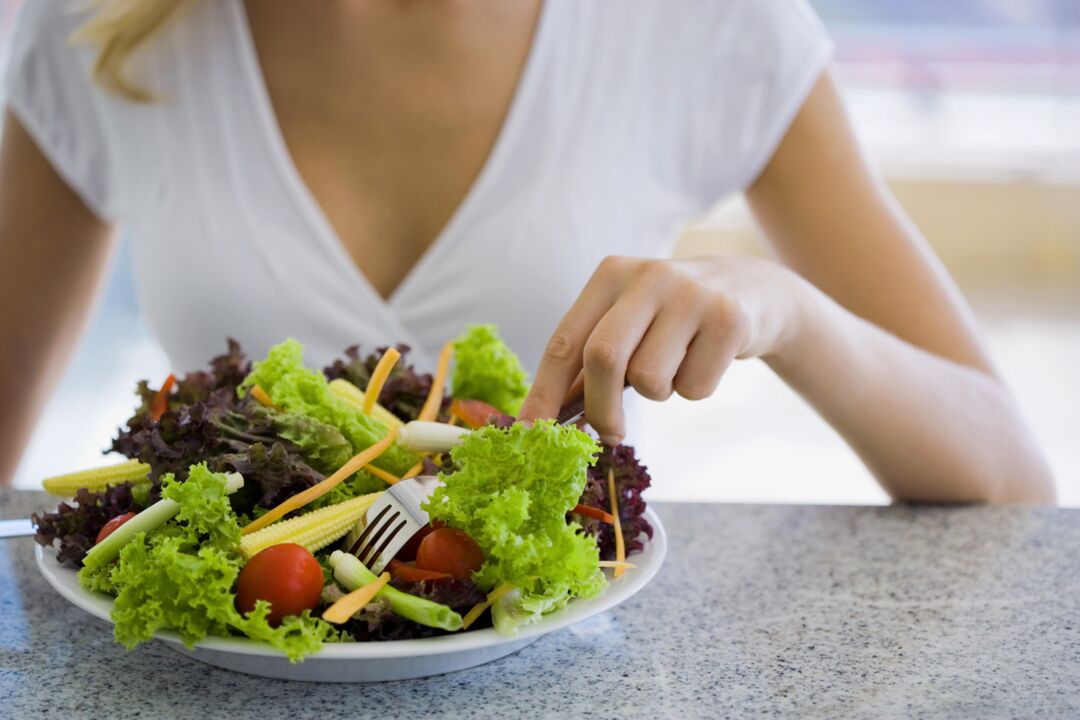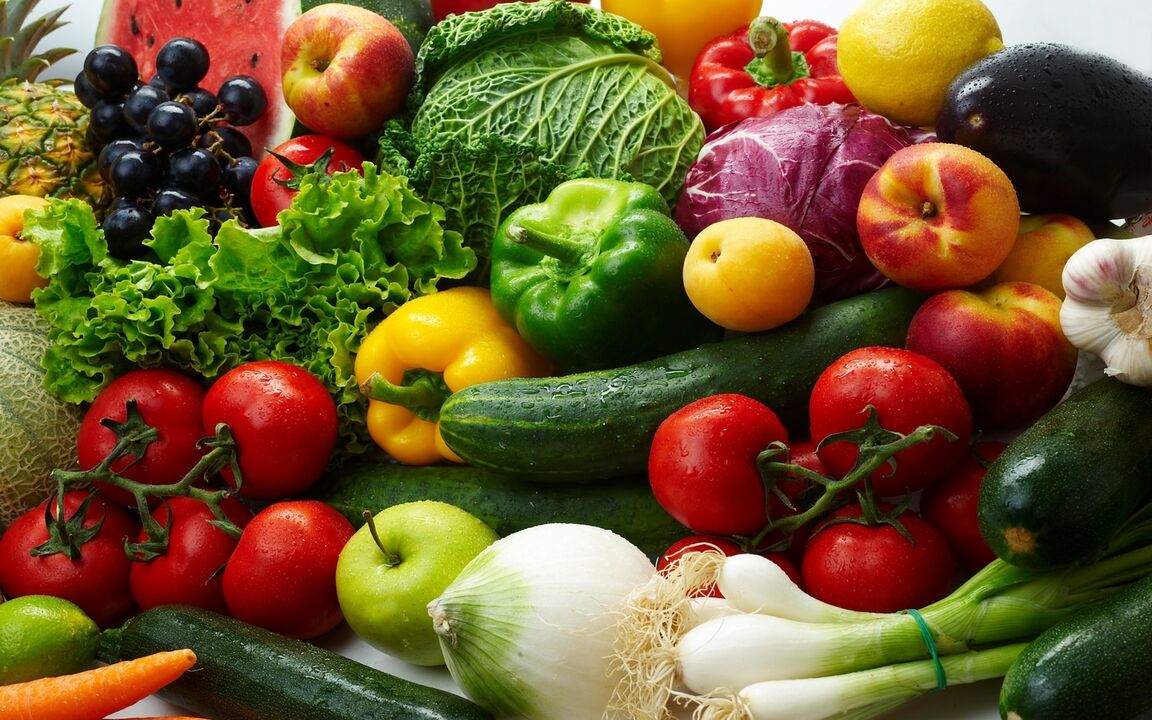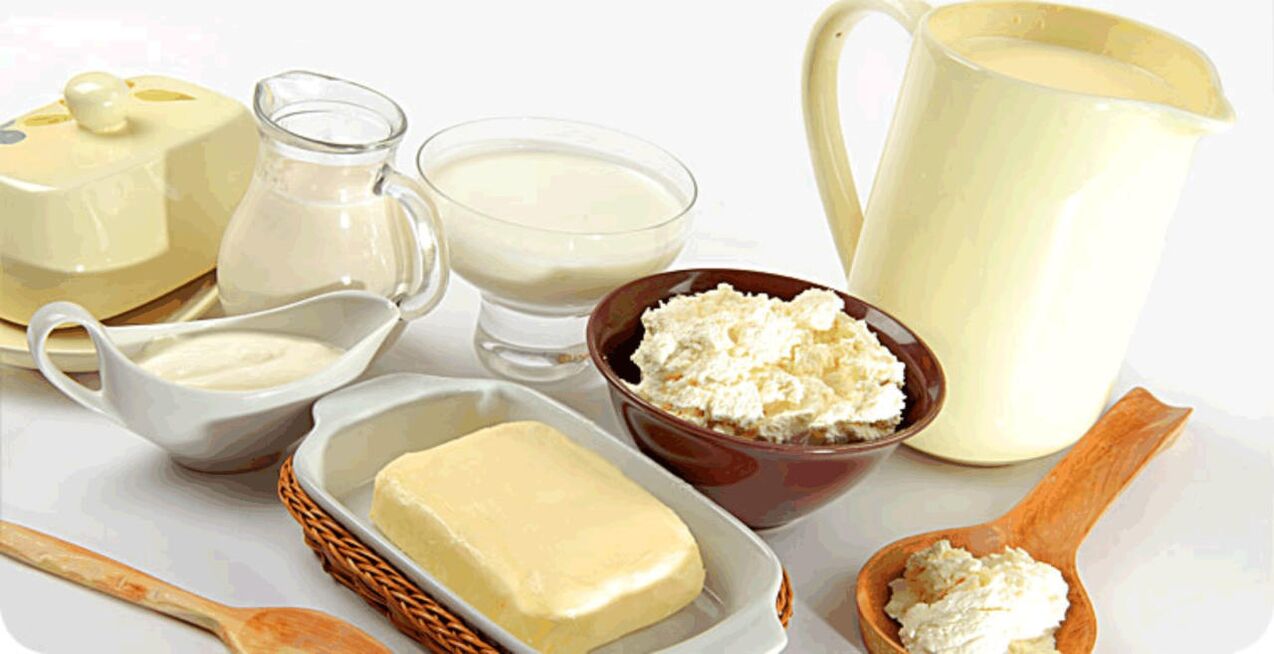In the case of serious illnesses, specifically autoimmune diseases, medical treatment alone is not enough. In addition to medication, the patient is prescribed physiotherapeutic procedures and is recommended to adhere to a special nutritional regimen. You also need a diet for gout and high uric acid.
Which substance increases uric acid?
Acute pain in the joints and redness of the skin signal a violation of uric acid metabolism and complications caused by an excess of uric acid. As a rule, the percentage of urea in the blood increases due to metabolic disorders. The salts bind with the acid to form stones and lead to gout and urolithiasis.
First of all, the disease occurs in people with inherited genes, but an unhealthy lifestyle also contributes to high uric acid levels. Excessive consumption of alcohol, flour products, sweets, greasy and spicy foods, as well as poor, improper nutrition can trigger the development of the disease.
The gout diet is not temporary but permanent, and inviolable. The principles of nutrition for gout can be distinguished:
- Completely exclude products containing purines: products from cocoa beans, tea, river fish, herring, sardines, asparagus, spinach, legumes, fatty beef, pork, liver.
- Reducing protein intake increases urate content.
- Drink plenty of water to get rid of uric acid and salt.
- Eliminate or significantly reduce salt intake. If consumed, then in small amounts during cooking.
- Properly balanced diet and nutrition in which the body can get all the nutrients it needs without being overloaded.

What foods can be consumed
Because the diet for people with gout and high uric acid is permanent, it must become a habit, a lifestyle. It is better to eat according to the plan, i. e. , all products and dishes should be provided in advance. Otherwise, there is a chance to break and ingest a harmful product. Of course, for this you need to consult your doctor and make a list of allowed foods. The list of what can be consumed and from which you can cook dishes for gout includes the following products:
- certain types of meat and fish (chicken, turkey, rabbit). Pork belly only boiled, lean chips;
- Seafood;
- eggs (no more than one per day);
- vegetable oils (butter can also be consumed, but infrequently and to a limited extent);
- cereals (except rice) and pasta;
- encourages the high consumption of vegetables, fruits and herbs, with one small exception - parsley, celery, radish;
- dairy products should be fat-free - yogurt, kefir, fermented baked milk, unsalted cheeses;
- it is best to exclude spices, but sometimes you can use small amounts of bay leaf, cinnamon, vanilla, vinegar;
- from only natural products that are sweet - honey, jam, marmalade;
- alcohol should be completely excluded, but in rare cases, no more than 100 g of vodka is allowed;
- from drinks - regular and mineral water, fruit juices allowed, rosehip broth, chicory, fruit drinks.

What should not be eaten?
Along with the foods that are allowed to be eaten, you need to decide which foods can not only be eaten raw, but can also be cooked in any way:
- sausages and fatty meats;
- tomatoes, asparagus, cauliflower, spinach;
- canned vegetables and fish, canned meat;
- mushrooms in any form;
- fatty dairy products;
- Animal fats;
- plum;
- smoked products (fish, meat);
- Spice;
- sweets, especially with an abundance of cream;
- spicy and salty cheese.

The list of allowed and prohibited products should be tailored to each specific case. If the patient has concomitant diseases, such as diabetes mellitus or diseases of internal organs, this must also be borne in mind. It's also important to note that different types and stages of gout require temporary restrictions, even on a chosen diet. So, with an exacerbation, meat and fish are completely excluded.
If people have swollen joints, they should use watermelon and herbal decoction.
The menu is correct
It is important not only to know what can be consumed but also under what conditions to decide which dish is right for you. For breakfast, priority should be given to nutritious, high-calorie but simple dishes. Suitable: cereal, cheesecake, scrambled eggs with vegetables, pancakes. For lunch, it is better to choose first dishes of vegetables, boiled meat, steamed meatballs or cutlets, mixes, vegetable salads, milk soups and cereals.
Dinner should be light but don't leave you feeling hungry. Priority should be given to choosing dishes from vegetables, low-fat dairy products: casseroles with vegetables and cheese, pancakes with jam, kefir, dried fruit, steamed fish with vegetables, . . . Once a week, nutritionists recommend arranging a fasting day. But there is no case of not doing without food! On such days, fruits and vegetables in small quantities, as well as yogurt products are ideal.
In all cases, the attending physician and dietitian should determine which foods can be consumed and which should be excluded. It is not safe to choose a diet on your own - during the treatment of one disease, you can develop another.














































































